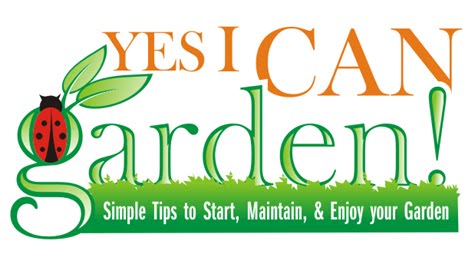
Herb gardens vary greatly in their scope and layout. Some are part of formal gardens containing neatly organized and labelled beds. Others are a few feet wide, set in a few feet of available space in the garden or near the house or commercial building where they will be used. Still others are found in containers, on a windowsill, or on an apartment balcony or a house’s back porch.
Probably some of the first country gardens developed from herb gardens. The occupants of the house would spread dried seeds from the foods they ate along the path from the street to the front door. Meats were sometimes left quite some time before being used, so herbs and spices were crucial for improving the taste of the meals as well as (on occasion) helping to preserve the foods from spoiling. From there, more formal gardens developed. Many households—and a great number of restaurants—like to keep fresh herbs on hand to add to salads, meat dishes, vegetarian main courses, and more.
Probably some of the first country gardens developed from herb gardens. The occupants of the house would spread dried seeds from the foods they ate along the path from the street to the front door. Meats were sometimes left quite some time before being used, so herbs and spices were crucial for improving the taste of the meals as well as (on occasion) helping to preserve the foods from spoiling. From there, more formal gardens developed. Many households—and a great number of restaurants—like to keep fresh herbs on hand to add to salads, meat dishes, vegetarian main courses, and more.
There is nothing quite like the taste of fresh herbs, freshly picked, and then added as a garnish or to a dish being prepared. It is best to add fresh herbs as close as possible to the time the food will be served--overcooking can affect flavour as well as reduce nutritional content. Even the few days or weeks that most foods take in transport from farm to supermarket will affect the taste and perhaps even the nutritional value of the foods (fruits that are picked while unripe, for example, are often shipped for long periods of time, with the assumption they will ripen en route). There is also nothing quite like nurturing a plant and then seeing it all the way from seed or seedling to the mature plant that so graciously lends itself to our culinary endeavours in the kitchen.
If children live in the household or sometimes visit, they will likely enjoy planting herbs and watching them grow. You can invite them to be part of the entire process, from selecting seeds or young plants at the nursery, to watering and picking sprigs or leaves to add to meals. You might also spend a few hours one afternoon making labels for the garden as well as for any herbs that will be grown in containers indoors; kids love to decorate pots, make name tags and decorate labels for “their” plants. I really shouldn't say this is only for kids--choosing, labelling, and caring for indoor plants on a windowsill in the kitchen is one of my favourite things, too.
Many herbs are easy to grow, and take only minimal care to maintain, making them favourite perennials in the garden. If you are like us, once you switch from dried herbs to fresh herbs straight from the garden or container where they grow, it will seem impossible to even think of switching back!

No comments:
Post a Comment